Agricultural technology for growing strawberries
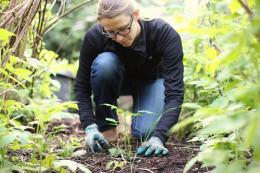
Agricultural technology for growing strawberries interests many gardeners. After all, strawberries are one of the most beloved and most widespread crops. It reproduces well, takes root easily, and is not picky about climate and soil.
Content:
Planting and care
Agrotechnics of cultivation Strawberry production consists of several points, by following which you can get a wonderful harvest. First you need to find the right place to land. The best place for landing is flat terrain, but not in the lowlands. There must be good lighting. It is advisable to protect strawberries from the wind. You should not choose a place with high humidity, as waterlogging has a negative effect on strawberries.
The predominance of loamy soil requires the addition of humus and peat. If the soil is sandy, then soil with peat, sawdust, humus, and turf soil is added to it. If groundwater is close, the ridges should be raised higher.
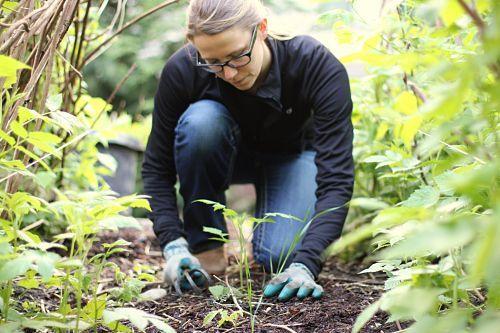
The best time to plant strawberries is considered to be the end of July. It is better to plant seedlings in the evening or in cloudy weather. Thanks to this, the bushes acclimatize better.
And after planting, you must immediately carefully water the strawberries. It is advisable to water using a watering can using the sprinkling method, in this way the root system will be more preserved.
It is better to cover young seedlings at first. You can loosen the soil a month after planting the seedlings.Loosening promotes the flow of increased oxygen to the roots.
So that berry plantings become less infected gray rot, they are treated with drugs of biological origin. Chemicals should not be used, since children often eat berries directly from the bushes, without processing. Therefore, to save crops and reduce morbidity, it is better to use Fitosporin or Fitop.
The first treatment of the season is carried out early, as soon as the soil dries out. Then spraying is carried out at the moment when flowering has just ended and the first green berries have begun to form.
What other diseases can strawberries have? By late summer, brown and white leaf spots may appear. White spotting appears in the form of red spots with white dots, and brown spotting appears in the form of brownish-red spots on the leaves, the edges of which dry out. Therefore, in early autumn, treatment with biological products must be repeated again.
Preparing your planting material
To prepare new planting material from your plants during strawberry fruiting, you should mark the bushes with the highest fruiting with sticks or markers. Pay attention to the size of the berries and the correctness of their shape.

In August, when a two-year-old strawberry that has fertilized begins to actively produce tendrils, you need to leave the first two sockets. The rest need to be trimmed. These abandoned bushes should be left for the winter, without cutting them off from the mother bush or replanting them. By the beginning of the next season, these bushes, grown on the nutrition of the mother bushes, will have a developed dense above-ground part and strong roots.
Transplantation is done by transshipment in order to damage the root system less.To do this, prepare a bed the day before, which is well watered with solutions of Fitosporin, Alina-B, Gaupsin, with the addition of Gumi. In the garden bed, prepare holes using a small spatula so that the transplanted material fits well into them. Transshipment is done in early June.
Distance between strawberry bushes - 25 cm. Just before planting, pour a liter of water into each hole and go for planting material. Separate the rosette from the mother bush, dig it as deep as possible, and transfer it to a new place directly on the blade. This way the roots are not disturbed again. After planting, you need to compress the soil from all sides. It is advisable to spray the top of the planting with a liter mixture of Ecoberin and Healthy Garden (2 grains each), Zircon (2 drops).
Such plantings will bloom this summer and produce a harvest.
Weed control
It is useful to plant low-growing marigolds on both sides of the plantings. They will not only protect the ground from excessive heat and reduce the emergence of weeds, but will also prevent nematodes from multiplying. It is also useful to sow leaf parsley between them. Its smell will repel slugs.
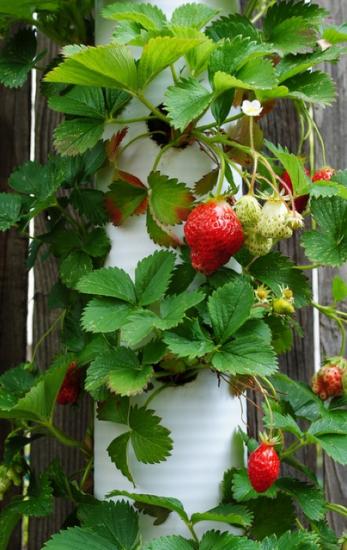
If you don’t want to bother planting greenery between the strawberry rows, then cover the free spaces with black material. Or use roofing felt as described Here.
After the marigolds freeze, do not tear the plants out of the ground so as not to damage the strawberry roots.
Simply cut the bushes at ground level, and their roots will continue to protect the plants from nematodes with their phytoncides. In addition, they will rot over time and will be good food for soil microorganisms and worms. Also, do not throw away the cut marigold bushes themselves; it is better to gut them and scatter them between the rows.
Proper cultivation techniques help increase the yield and quality of strawberries. In addition, it is always very interesting to grow planting material on your own. You may find our gardening materials helpful.


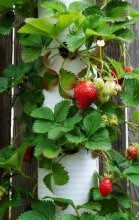

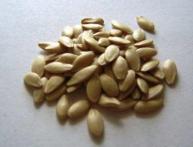

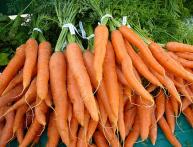
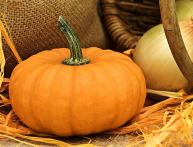
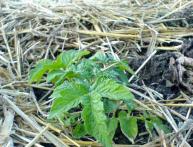
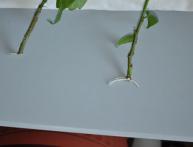
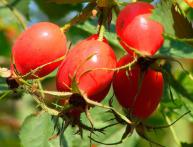
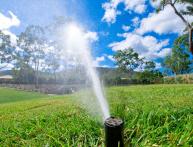
Comments
I planted parsley next to the strawberries. But it didn’t really help against slugs. She made traps from rectangular planks. I just put it between the bushes. And I collected it every day. Slugs hide under them. It’s also good to place dry onion scales between the rows. At least, this is how I dealt with the invasion of slippery gluttons.